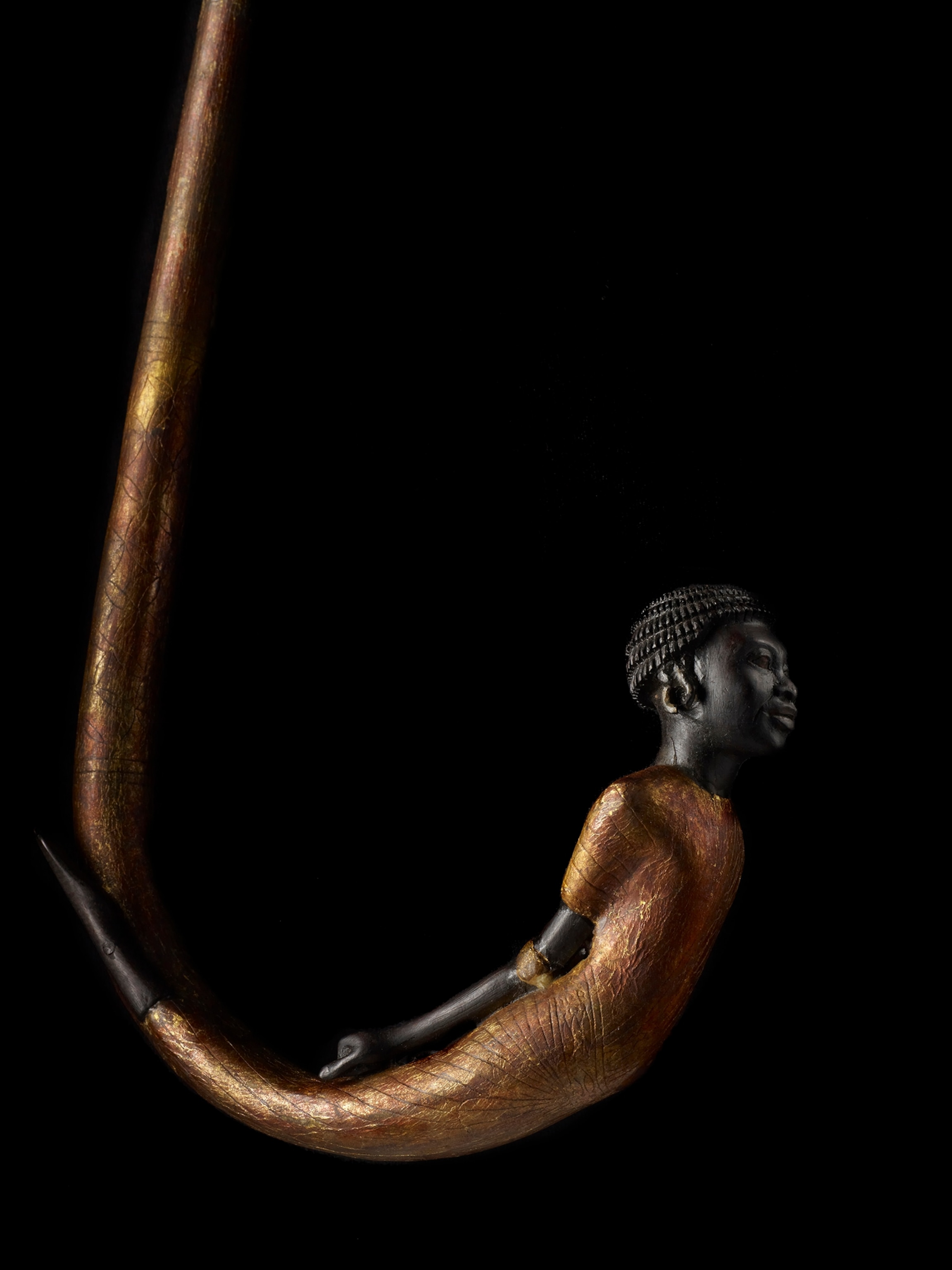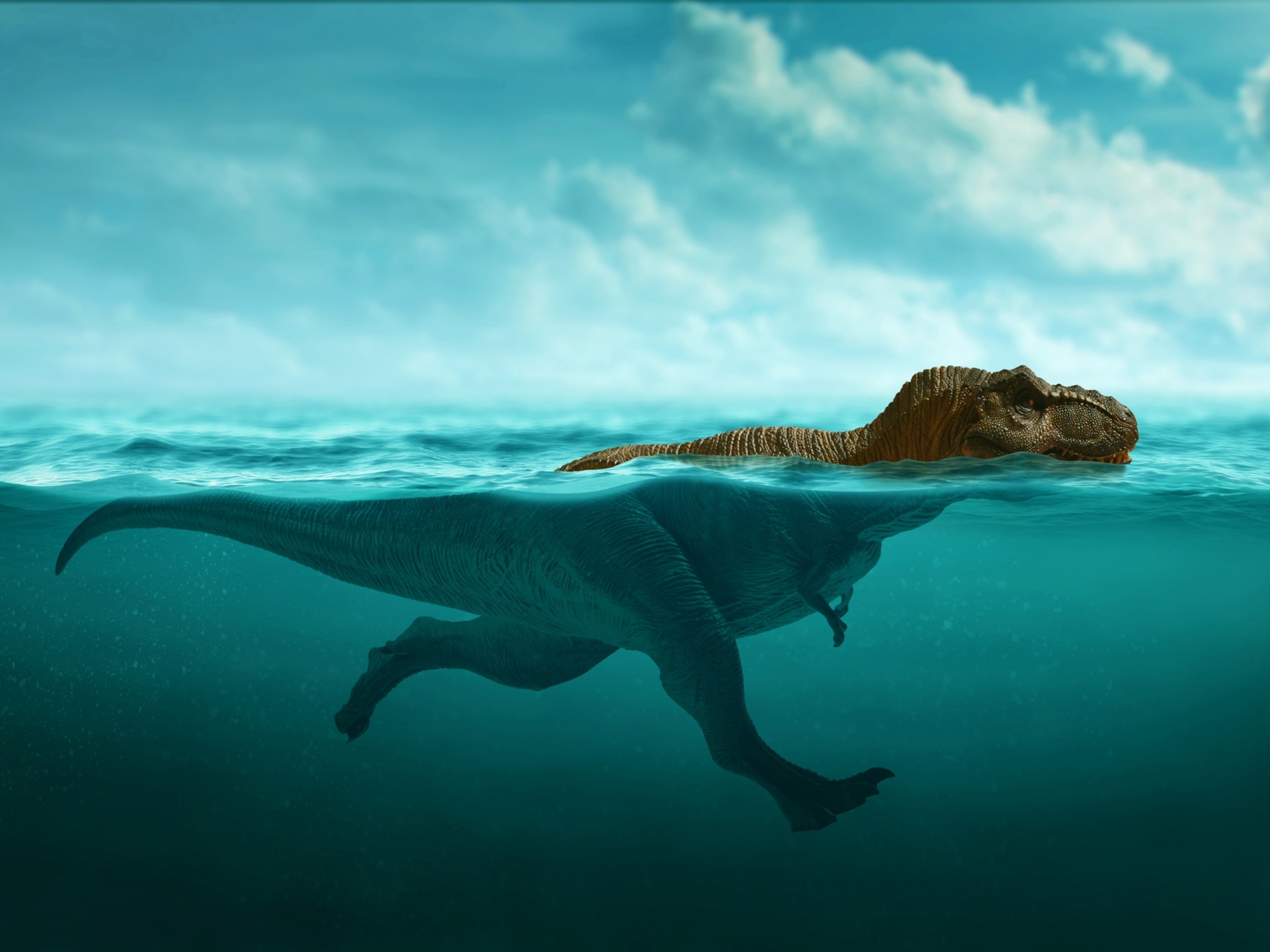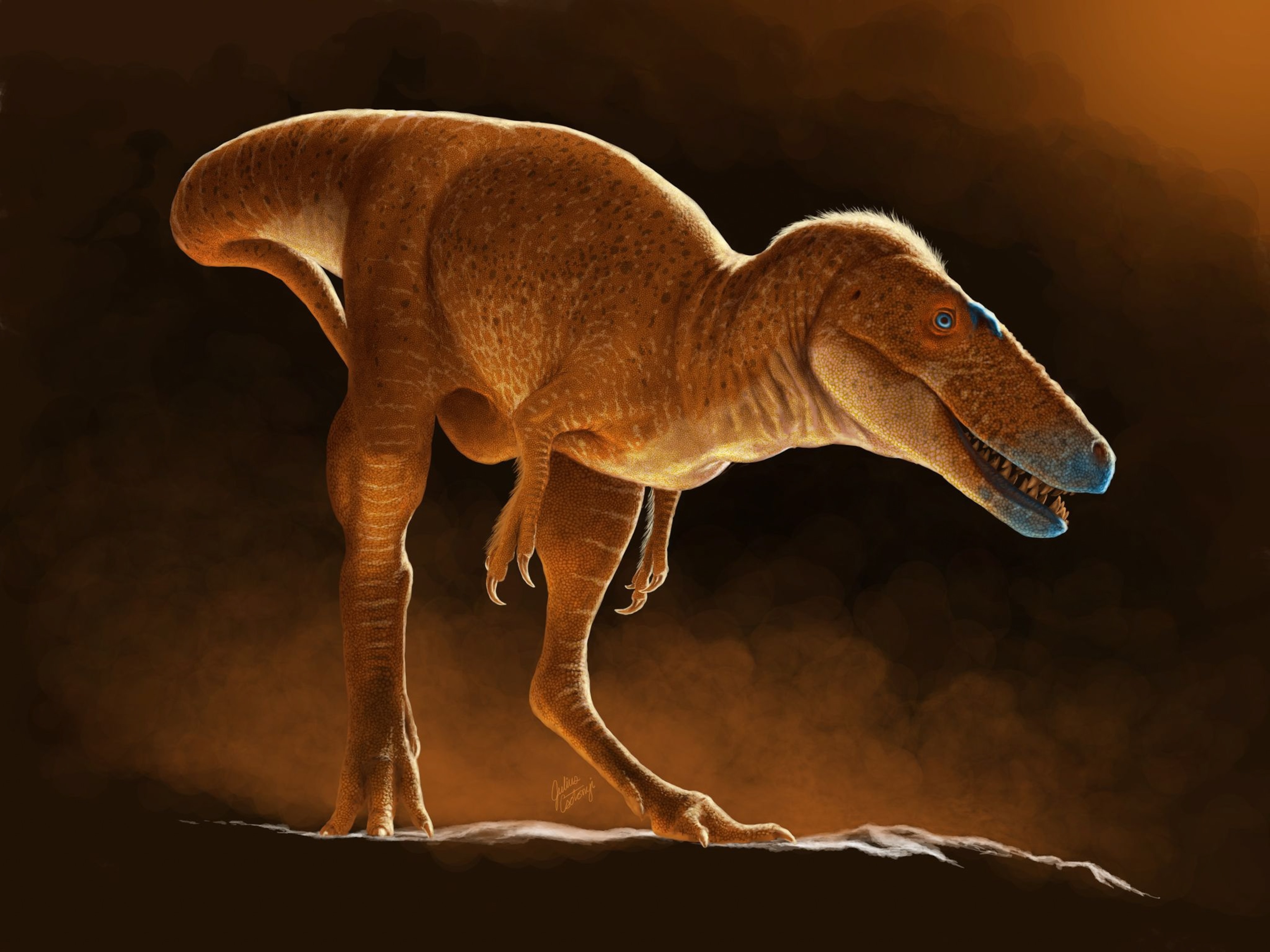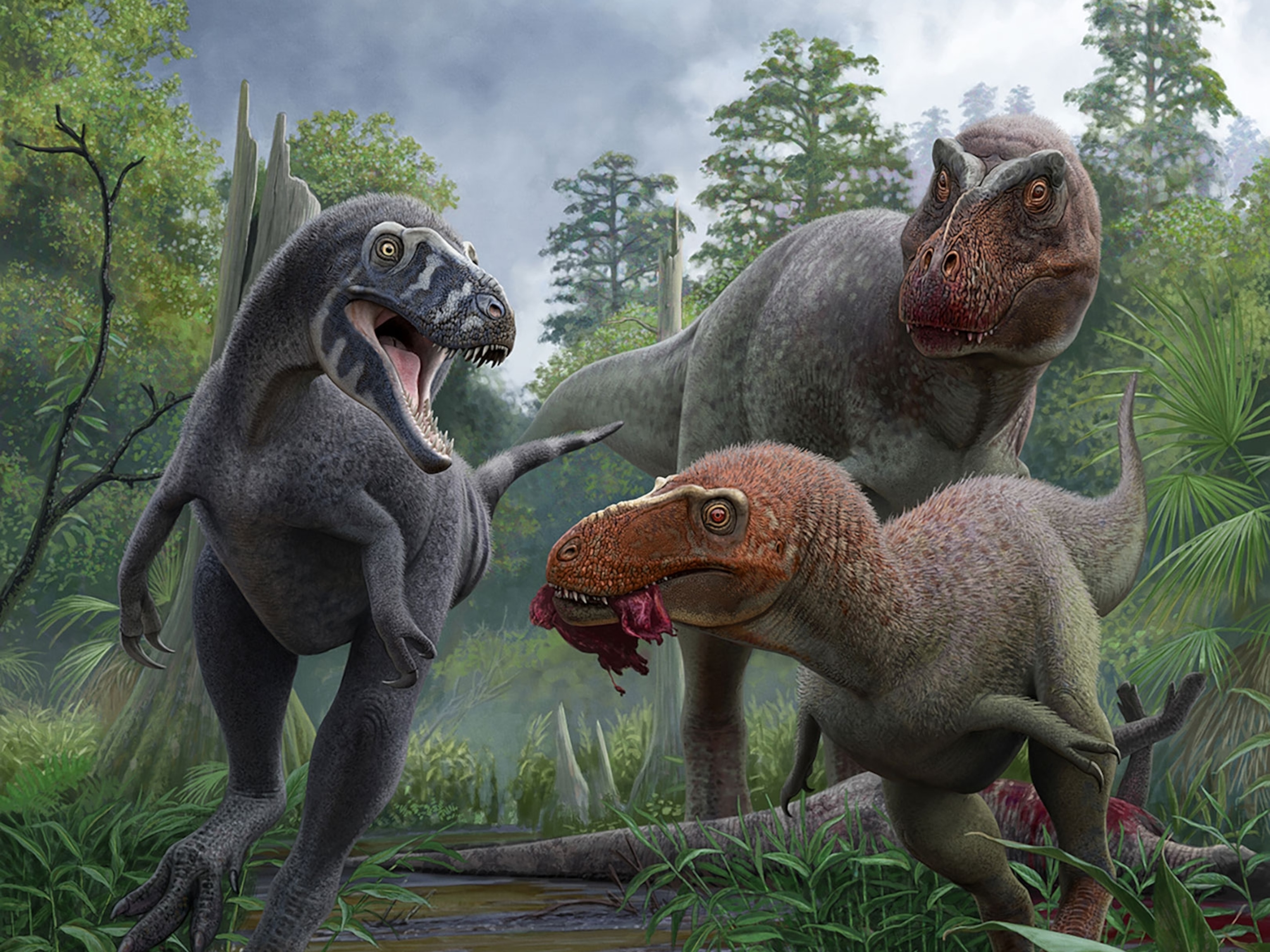
This Is Our Best Look Yet at a Tyrannosaur’s Face
The cutting-edge reconstruction suggests that these “tyrant lizards” had a keen sense of touch on much of their snouts.
Thanks to an exquisite 75-million-year-old fossil, paleontologists have crafted the best-ever reconstruction of a tyrannosaur’s face.
The fossil skull belongs to a newly described species named Daspletosaurus horneri, which roamed what is now northern Montana and southern Alberta during the Late Cretaceous. Based on the texture of the bone, the researchers say its face would have been covered in flat scales that were probably extremely sensitive to touch, like those on modern crocodiles.
“Because we have all this soft tissue on our faces, we deal with sensation through all this soft tissue being displaced,” says Tobin Hieronymus, an anatomist and neurobiologist at Northeast Ohio Medical University. “Birds and lizards have [sensors] that directly sit on top of bone, with very thin skin, [so] they have exquisitely sensitive faces.”
If the same was indeed true for D. horneri, this dinosaur and its large meat-eating relatives, including Tyrannosaurus rex, may have had some distinctly crocodile-like behaviors.
For instance, tyrannosaurs’ sensitive faces might have helped them with handling prey. Crocodiles floating in water can pinpoint and strike at nearby animals even in complete darkness, thanks to a body-wide array of highly touch-sensitive nubs called integumentary sensory organs, or ISOs.
These organs come in handy for a variety of activities, says Duncan Leitch, a postdoctoral researcher at the University of California San Francisco who has closely studied crocodilian skin. For one, crocodiles use the sensory organs as they nuzzle their noses into the dirt to find egg-laying spots at the right temperatures.
“Interestingly, the ISOs appear to also facilitate some of the uniquely gentle manipulations that crocodiles can make with their jaws, like breaking apart their eggs at hatching time,” he says.
Fleshing It Out
It might come as a surprise that the tissue under skin could be reconstructed just from bone tens of millions of years after the animal died. But far from being a static substance, living bone is shaped by the matrices of muscle, nerves, and blood vessels that constantly bump up against and nourish it.
Different tissues leave textured impressions on the bone that are captured in fossil samples, letting paleontologists see hints of the long-lost overlying structures.
“Bone is a dynamic tissue,” says Carthage College paleontologist Thomas Carr, who led the new reconstruction study, published today in Scientific Reports. “Dinosaurs are no exception.”
To successfully extrapolate flesh from bone, Carr and his team needed to know how different bone textures track with the structures of overlying soft tissue in living animals. Thankfully, much of that work had been done already in a 2009 study of horned dinosaur faces led by Hieronymus.
“They really did the heavy lifting,” says Carr. “It’s a classic.”
With Hieronymus’s study and some modern alligator and bird skulls in hand, Carr and his colleagues found that the texture of their tyrannosaur skull most closely mirrored that on the faces of alligators and crocodiles.
The skulls for both sets of creatures are also filled with foramina, holes that accommodate the nerves and blood vessels necessary for wiring a hardcore sense of touch. Based on the similarities, Carr and his team think tyrannosaur faces would have been covered in a mask of large, flat scales and may even have included an array of ISOs.
Leitch finds Carr’s evidence compelling—but like Carr, he sees the possibility of ISOs as more speculative.
“The final piece of the puzzle to bolster their claim might be a fossilized impression of the exterior surface of the tyrannosaur facial skin, showing the distinct dome-shaped protrusions that are characteristics of the crocodilian ISOs,” he says by email.
What’s in a Name
Carr’s study is also notable because it finally gives an official identity to a famous fossil.
Known until now only as the “Two Medicine tyrannosaurid,” the fossil used in the new paper made its first appearance in a blockbuster 1992 study co-written by Jack Horner, a famed paleontologist and National Geographic grantee.
That study looked at tyrannosaur fossils in the western United States’ Two Medicine Formation, finding evidence that the area’s tyrannosaurs appeared to evolve from one to the next without branching. According to Horner’s paper, this linear sort of evolution—called anagenesis—possibly could have resulted in the iconic Tyrannosaurus rex.
Ever since, scientists regularly included the fossil, which was clearly a tyrannosaur, in their analyses of the group. But for years, it had avoided a formal scientific description, either getting assigned as a close relative of the tyrannosaur Daspletosaurus torosus or T. rex.
In 2007, Carr visited Horner’s home turf, the Museum of the Rockies in Bozeman, Montana, and asked Horner if he could take a crack at formally describing the tyrannosaurid.
That research not only led to the facial reconstruction, but it also largely confirmed Horner’s 1992 analysis. Carr and his colleagues found that D. horneri descended directly from the earlier D. torosus, though their evidence suggests that T. rex didn’t directly descend from D. horneri.
“It’s taken 25 years, but we’ve made it,” says Carr.


















